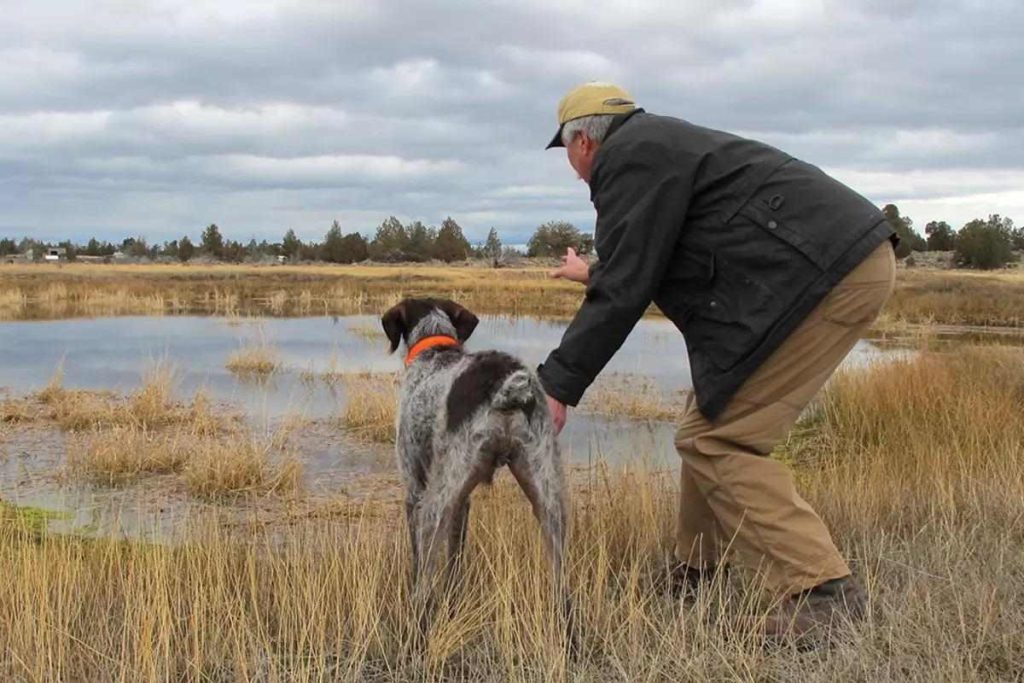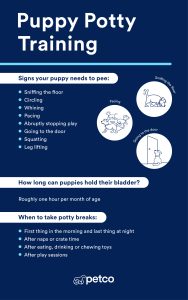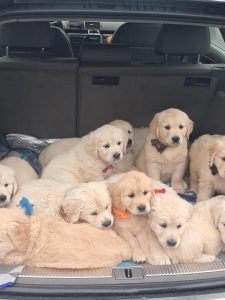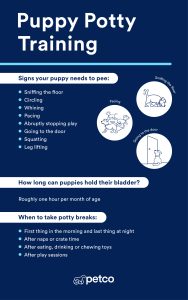Training your dog to become a skilled hunting companion is easier than you might think. Whether you want your dog to track game, retrieve birds, or follow scents, the right training can unlock their natural talents.
Imagine the pride you’ll feel when your dog works confidently by your side in the field. You’ll discover simple, step-by-step techniques that anyone can use to turn their dog into a reliable hunting partner. Ready to get started? Let’s dive in and make your dog the hunting dog you’ve always wanted.
Choosing The Right Breed
Picking the right dog breed is key to training a hunting dog. Some breeds are born with hunting skills.
Choosing a breed that fits your hunting style makes training easier and more successful.
Consider Natural Hunting Instincts
Some dog breeds have strong natural hunting instincts. These dogs enjoy tracking, pointing, or retrieving.
Choosing a breed with these instincts helps your dog enjoy the training and hunting process.
- Pointers and setters excel at finding game
- Retrievers love to fetch and carry
- Hounds are great for tracking scents
Match Breed Energy Level To Your Needs
Hunting dogs need energy and stamina. Some breeds work all day without tiring.
Choose a dog with energy that fits your hunting trips and time you can spend training.
- High-energy breeds need daily exercise
- Moderate-energy dogs fit shorter hunts
- Low-energy breeds may not keep up
Consider Size And Terrain
Size matters for hunting dogs. Larger dogs handle rough terrain better.
Small dogs can work in thick brush or tight spaces. Pick a size that fits your hunting area.
- Large breeds suit open fields and forests
- Medium dogs work well in mixed terrain
- Small breeds are good for dense cover
Think About Trainability
Some breeds learn commands faster and obey more easily. This helps with hunting training.
Choose a breed known for intelligence and eagerness to please.
- Labrador Retrievers are smart and obedient
- German Shorthaired Pointers learn quickly
- Beagles are independent but driven
Basic Obedience Training
Training a dog to be a hunting dog starts with basic obedience. This training builds good behavior and trust. It makes hunting training easier and safer.
Focus on clear commands and consistent practice. Use positive rewards to encourage your dog. Keep training sessions short and fun for best results.
Commands Every Hunting Dog Needs
Hunting dogs must know basic commands to listen well in the field. These commands keep your dog safe and focused. Start with simple words and gestures.
- Sit:Stops the dog from moving and keeps it calm.
- Stay:Keeps the dog in place until you say otherwise.
- Come:Calls the dog back to you quickly.
- Heel:Makes the dog walk close to your side.
- Fetch:Trains the dog to bring back objects.
Practice these commands daily. Use treats and praise to reward good behavior. Repeat commands until your dog responds without delay.
Building A Strong Recall
A strong recall means your dog always returns to you when called. This is important for safety during hunting. Start training recall in a quiet place.
Call your dog in a happy voice. Reward it immediately when it comes. Gradually add distractions to improve focus. Keep training consistent and positive.
- Use a clear, loud command like “Come”.
- Reward with treats or praise every time.
- Practice in different locations.
- Never punish your dog for coming late.
- Make recall a fun game for your dog.
Introducing Scent Training
Scent training helps dogs use their noses to find animals. It is a key skill for hunting dogs. This training builds strong focus and confidence in your dog.
Dogs have a powerful sense of smell. Teaching them to follow scents can improve their hunting skills. Start with simple exercises to build their abilities.
Using Scent Trails
Scent trails guide your dog to a target by leaving a scent path. You can create trails with animal fur or scent pads. This helps dogs learn to follow a specific smell.
Begin with short trails in quiet areas. Gradually make the trails longer and more complex. Praise your dog each time they follow the trail correctly.
- Lay a scent trail using a cloth with animal scent
- Start with short, straight paths
- Encourage your dog to follow the trail
- Reward your dog when they reach the end
- Increase trail length and difficulty over time
Tracking Exercises
Tracking exercises help dogs practice following scents left on the ground. These exercises improve your dog’s focus and patience. Use natural scents or training aids to create tracks.
Start with easy tracks that have visible clues. Slowly remove the clues so your dog relies only on scent. Keep training sessions short and positive for best results.
- Create tracks with scent on grass or dirt
- Include turns and changes in direction
- Use treats or toys as rewards at track end
- Practice regularly to strengthen tracking skills
Teaching Pointing And Retrieving
Training a dog to be a hunting dog takes patience and care. Teaching pointing and retrieving helps your dog work well in the field. These skills use the dog’s natural instincts for hunting and fetching.
Pointing teaches your dog to find and hold still on game animals. Retrieving trains your dog to bring back the hunted animal safely to you. Both skills are important for hunting success.
Encouraging Natural Instincts
Start by watching your dog’s natural behavior. Many hunting breeds already have strong pointing or retrieving instincts. Use toys and games to encourage these instincts.
Allow your dog to explore scents and practice holding still when it finds something interesting. Reward calm and focused behavior to build good habits.
- Use scent trails to encourage tracking
- Play hide-and-seek games with toys
- Praise your dog for staying still on scent
- Give treats when your dog points at objects
Retrieval Techniques
Teach your dog to fetch items and bring them back to you. Start with favorite toys or balls. Use a clear command like “fetch” to signal the action.
Practice in short sessions to keep your dog interested. Reward your dog for returning the item and dropping it near you. Gradually increase the distance and difficulty.
- Throw a toy a short distance
- Use the “fetch” command clearly
- Encourage your dog to come back quickly
- Reward your dog for dropping the toy
- Practice in different places and conditions
Exposure To Hunting Environments
Training a dog to become a hunting dog requires early exposure to hunting places. Dogs learn best when they are comfortable in these settings.
Regular visits to hunting fields and woods help dogs understand the sights and sounds of hunting. This prepares them for real situations.
Simulated Hunting Scenarios
Practice hunting situations with your dog before going into the wild. Simulated scenarios help dogs learn skills safely.
Use fake scents, decoys, and controlled noises to mimic hunting. This builds the dog’s confidence and focus.
- Set up scent trails using animal scents
- Use decoys like fake birds or rabbits
- Play hunting sounds softly to acclimate your dog
- Practice commands like “stay,” “fetch,” and “heel”
Handling Distractions
Hunting places have many distractions like noises, smells, and other animals. Teach your dog to ignore these distractions.
Start training in quiet places and add distractions slowly. Reward your dog for staying calm and focused on commands.
- Use treats or praise to reward focus
- Practice with other animals nearby
- Train with different sounds like gunshots or calls
- Keep training sessions short and positive
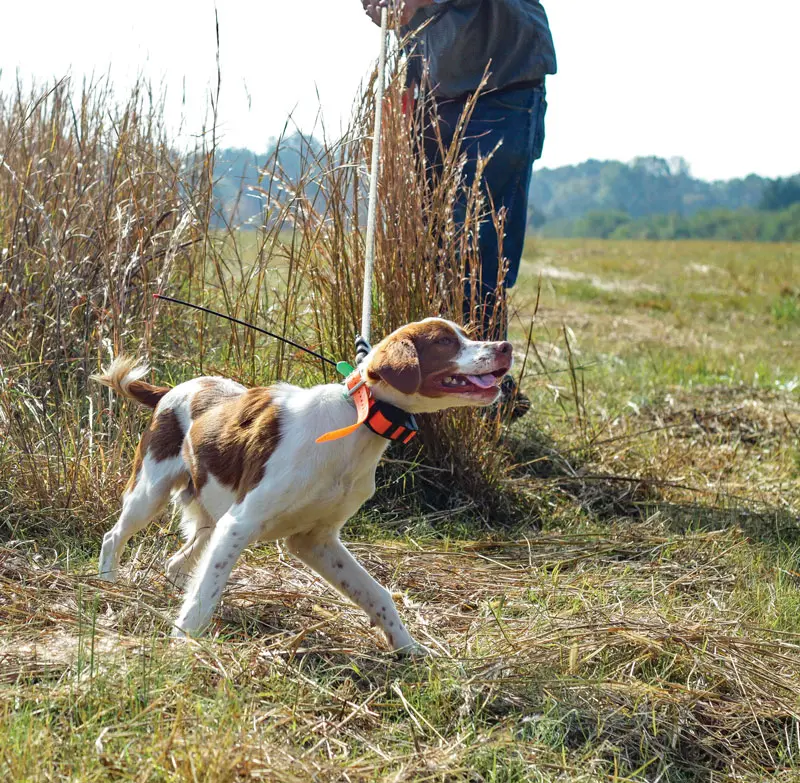
Credit: shootingsportsman.com
Using Positive Reinforcement
Training a dog to be a hunting dog requires patience and clear communication. Positive reinforcement helps your dog learn good behaviors by rewarding them.
This approach makes training fun and builds a strong bond between you and your dog.
Reward Systems
Rewards encourage your dog to repeat good actions. Use treats, praise, or playtime as rewards.
Choose rewards your dog likes most. This will keep them motivated during training.
- Give small, tasty treats immediately after good behavior
- Use happy tones and petting to show approval
- Offer short play sessions as a reward
- Be consistent with rewards every time
- Gradually reduce treats as your dog learns
Avoiding Common Training Mistakes
Many trainers make mistakes that slow dog learning. Avoid confusing your dog by being clear and patient.
Never punish your dog for mistakes. This can cause fear and stop learning.
- Don’t give rewards too late after good behavior
- Avoid using harsh words or physical punishment
- Don’t train for too long in one session
- Be patient if your dog does not understand right away
- Keep training sessions fun and positive
Advanced Hunting Skills
Training a dog to be a hunting dog requires patience and practice. Advanced skills help your dog work better in the field.
These skills include water retrieval and staying steady. Both are important for successful hunting trips.
Water Retrieval
Water retrieval means your dog can fetch items from water. This skill is useful for hunting near lakes or rivers.
Start training with toys in shallow water. Use a command like “fetch” and reward your dog when it returns the item.
- Use floating toys for easy retrieval
- Practice in calm water before moving to deeper areas
- Teach your dog to hold the item gently
- Always use clear commands and praise
Steadiness And Patience
Steadiness means your dog stays calm and quiet when asked. Patience helps the dog wait for your signal before moving.
Train your dog to sit and stay for longer times. Use short practice sessions at first, then increase the duration.
- Teach “sit” and “stay” commands indoors
- Practice outside with distractions
- Reward your dog for calm behavior
- Increase waiting time gradually
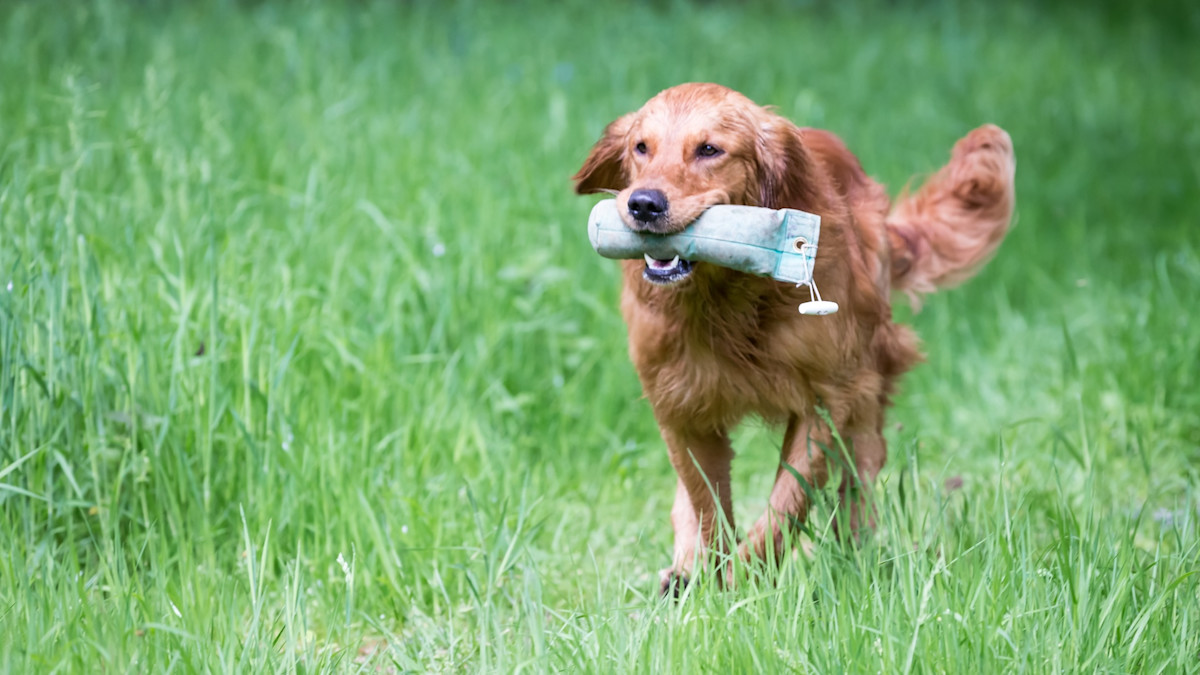
Credit: www.themeateater.com
Health And Fitness For Hunting Dogs
Hunting dogs need strong health and good fitness to perform well. Taking care of their diet and exercise helps keep them ready.
Proper training includes building their stamina and strength. This guide covers diet and exercise routines for hunting dogs.
Diet And Nutrition
A balanced diet gives hunting dogs the energy they need. Protein helps build muscles, while fats provide long-lasting energy.
Include vitamins and minerals to support their immune system and recovery. Fresh water should always be available.
- High-quality protein sources like chicken, beef, or fish
- Healthy fats from fish oil or flaxseed
- Carbohydrates from rice, oats, or sweet potatoes
- Vitamins and minerals from fruits and vegetables
- Fresh, clean water at all times
Exercise Routines
Regular exercise keeps hunting dogs fit and sharp. Start with short walks and increase time as they get stronger.
Include activities like running, swimming, and fetch to build endurance and agility. Rest days are important to avoid injury.
- Daily walks of 30 to 60 minutes
- Running or jogging several times a week
- Swimming sessions to improve muscle strength
- Games like fetch to boost speed and focus
- Rest days for recovery and injury prevention
Safety Tips During Training
Training a dog to be a hunting dog takes time and care. Safety should be your top priority during every session.
Keeping your dog safe helps prevent injuries and builds trust between you and your pet.
Protective Gear
Using protective gear keeps your dog safe from sharp objects and rough terrain. It also protects your dog from cold or hot weather.
Good gear includes collars, boots, and vests made for hunting dogs. These items prevent cuts and bruises.
- Use sturdy collars with ID tags
- Boots protect paws from thorns and rocks
- Vests shield the dog’s body from scratches
- Consider bright colors for visibility
- Check gear often for damage
Monitoring Stress And Fatigue
Watch your dog closely for signs of stress or tiredness during training. Dogs can get overwhelmed or hurt if pushed too hard.
Take breaks often and offer water. A tired dog learns less and may get injured.
- Look for heavy panting or drooling
- Notice if your dog stops paying attention
- Check for limping or stiffness
- Give rest time before continuing
- Use calm tones to reduce anxiety
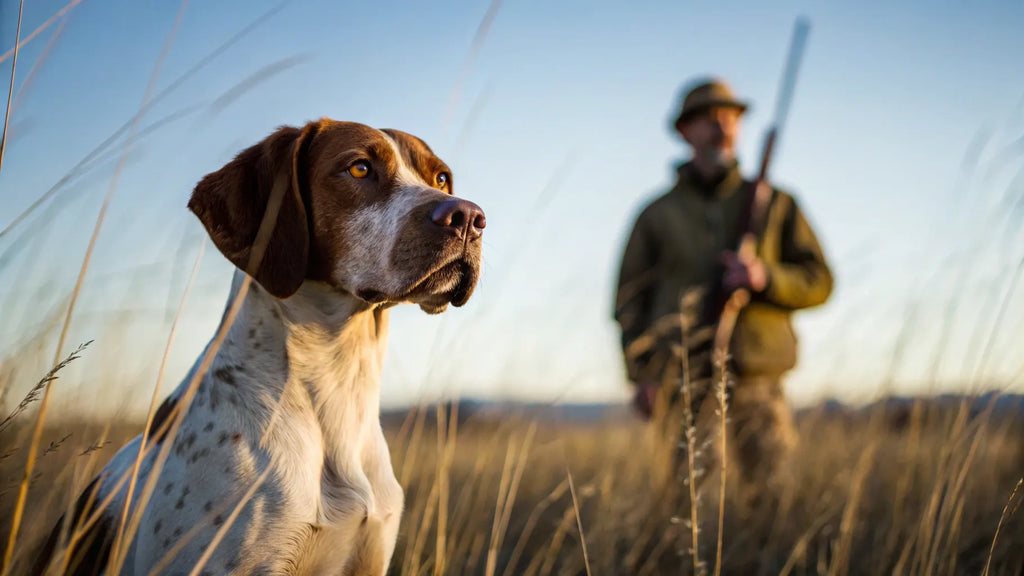
Credit: www.battlbox.com
Frequently Asked Questions
How Long Does It Take To Train A Hunting Dog?
Training a hunting dog usually takes 3 to 6 months. Consistent daily practice and positive reinforcement speed up the process. Early socialization and basic obedience are essential for effective hunting skills development.
What Breeds Are Best For Hunting Dogs?
Popular hunting breeds include Labrador Retrievers, English Springer Spaniels, and German Shorthaired Pointers. These breeds have strong retrieving instincts and excellent scent detection. Choose a breed that matches your hunting style and environment.
How Do You Teach A Dog To Retrieve Game?
Start with basic fetch games using dummies or toys. Gradually introduce real scents and live game in controlled settings. Reward your dog immediately to reinforce the retrieving behavior and build confidence.
Can Hunting Dogs Be Trained Without Professional Help?
Yes, with dedication and proper resources, owners can train hunting dogs. Online tutorials, books, and local clubs provide valuable guidance. However, professional trainers can offer tailored advice and accelerate training success.
Conclusion
Training a hunting dog requires patience and consistency. Start with basic obedience skills. Then, gradually introduce hunting commands. Use positive reinforcement to encourage good behavior. Regular practice will help your dog understand its role. Always be patient and gentle. It takes time for dogs to learn.
Celebrate small successes and keep sessions fun. Remember, each dog learns at its own pace. Stay committed and enjoy the journey together. With the right approach, your dog will become a reliable hunting partner. Stay dedicated, and you’ll see great results.
Happy hunting!

Emily Barker is the founder of ChillDogLife.com, a space dedicated to helping pup parents discover the best dog products, lifestyle tips, and cozy ideas for happier homes.
A lifelong dog lover, Emily combines her passion for pets with a knack for research to share trusted recommendations on everything from toys and furniture to health and everyday care.
Her goal is simple: to make life easier, stylish, and more joyful for dogs and the people who love them.
